Alexander Phimister Proctor (1860-1950)
We Perform Alexander Phimister Proctor art authentication. Alexander Phimister Proctor appraisal. Alexander Phimister Proctor certificates of authenticity (COA). Alexander Phimister Proctor analysis, research, scientific tests, full art authentications. We will help you sell your Alexander Phimister Proctor or we will sell it for you.
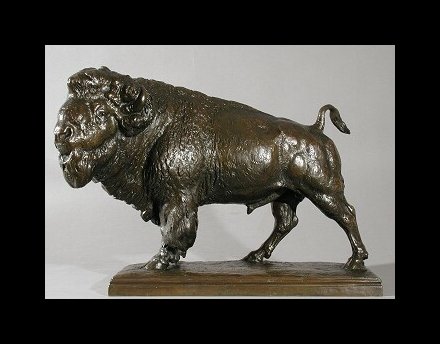

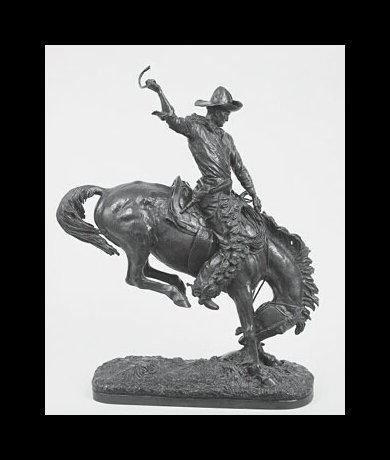
Alexander Phimister Proctor was born in 1860. Born in humble settings, he was destined to live in the West, a destiny that would shape his career. He was born in Canada but his family moved several times, finally settling in Colorado. Proctor was the fourth of eleven children.
Nicknamed “Young Phim”, Proctor had two interests as a child. They were the wilderness and art. He spent his time both drawing and fishing. His father was extremely supportive of his art talent and urged his son to take art lessons. Proctor attended public school until the 8th grade and then began an apprenticeship under engraver J. Harrison Mills.
Proctor realized it was necessary to travel to New York in order to receive formal art training, but he wasn’t financially able to do so. He experimented with different professions including mining in order to earn money for the trip. Finally, he had to sell his home in Colorado.
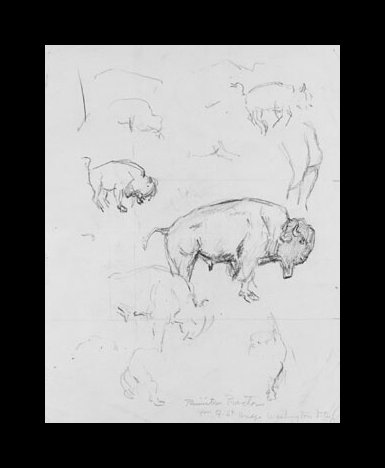
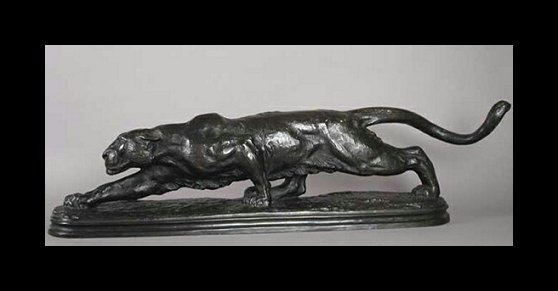

In 1885, he moved to New York and enrolled in a class at the National Academy of Design. He began sketching wild animals in his spare time. After admiring the works of Antoine-Louis Barye, Proctor’s interests shifted from painting to sculpture.
For the next few years, he divided his time between the City where he needed to be for his training and the wilderness that was so dear to his heart. Throughout his almost 70 year career, he developed a reputation as one of the best animalier sculptors in America.
Proctor was an extremely talented artist, especially in his depictions of wild animals. His sculptures appear throughout the Bronx Zoo, and one can see how he displays all the different animals in his unique style. His style is a blend of naturalistic and lively. His last great commission is at the University of Texas in Austin. It’s titled Mustangs.
Today, Proctor is remembered for his sculpted monuments (usually of western themes) and his General Robert E. Lee in Dallas and Theodore Roosevelt in Portland Oregon.
During his lifetime, Proctor enjoyed a lot of recognition for his work. Among his honors were the prestigious Prix de Rome in 1898 and a Gold Medal at the Paris Universal Exposition.
Proctor was quoted as saying, “I am eternally obsessed with two deep desires- one, to spend as much time in the wilderness, and the other, to accomplish something worthwhile in art.”
Proctor, fondly remembered as the “sculptor in buckskin” died in 1950, having lived to achieve his two desires. His life was a long and happy one. He is remembered not only for his talent but also his good humor. He was a lover of intellectual challenges and he constantly strived to improve his art.
It is possible that undiscovered works of Phimister exist. Although many of his projects were large scale monuments, he produced some incredible smaller bronzes. Many of them echo the western themes of his larger monuments. They can be characterized by a naturalistic style that still resonates with life.
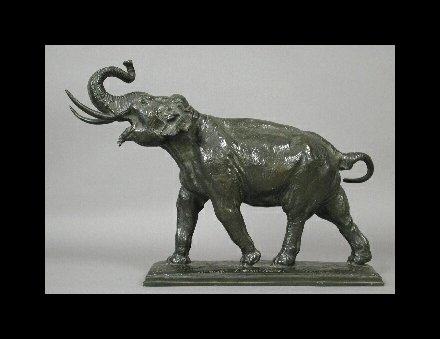
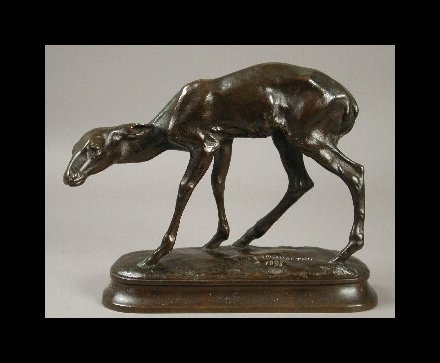
Reviews
1,217 global ratings
5 Star
4 Star
3 Star
2 Star
1 Star
Your evaluation is very important to us. Thank you.
